Code GT Owner Air Ministry | Year built 1943 | |
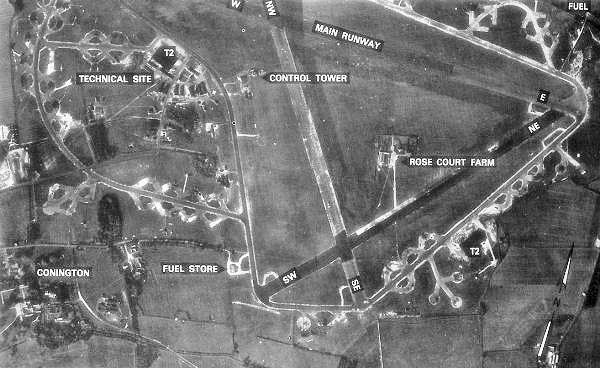 | ||
Controlled by Royal Air ForceUnited States Army Air Forces In use 1943 (1943)-1948 (1948) Battles/wars European Theatre of World War IIAir Offensive, Europe July 1942 - May 1945 Occupants 457th Air Expeditionary Group, No. 3 Group RAF | ||
457th bomb group raf glatton reunion memorial service 2010
Royal Air Force Glatton or more simply RAF Glatton is a former Royal Air Force station located 10 miles (16 km) north of Huntingdon, Cambridgeshire, England.
Contents
- 457th bomb group raf glatton reunion memorial service 2010
- Raf glatton memorial service 2010
- History
- United States Army Air Forces use
- 457th Bombardment Group Heavy
- RAF Bomber Command use
- Current use
- References
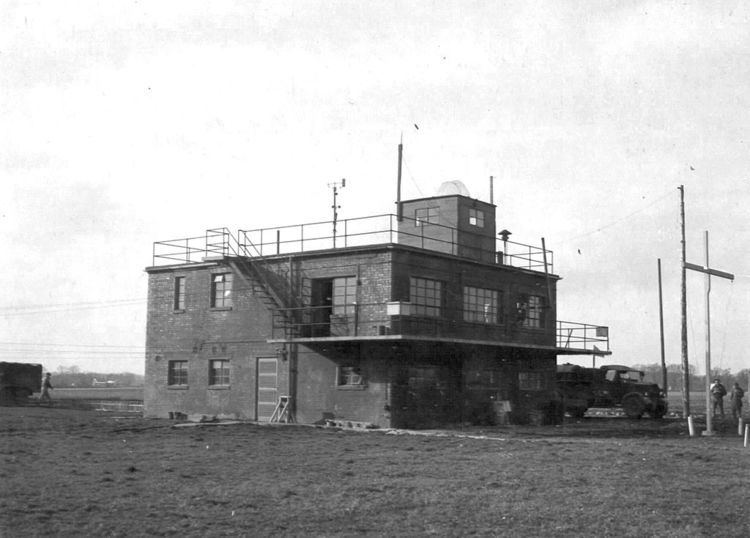
Raf glatton memorial service 2010
History
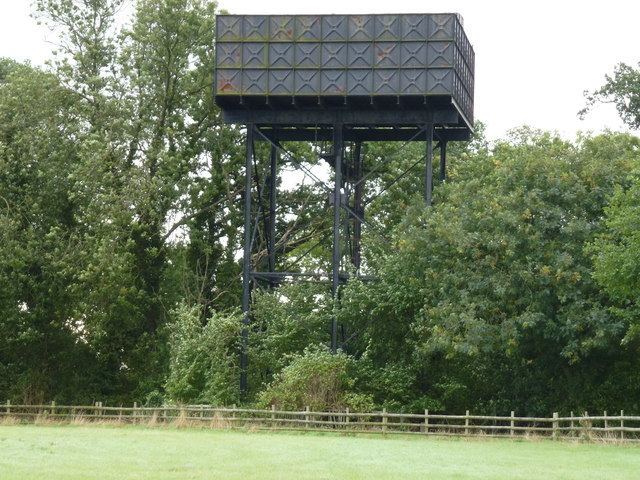
Glatton Airfield was built mostly in the parish of Conington by the United States Army 809th Engineer Battalion (Aviation) starting in the fall of 1942 and throughout 1943. It was built on farmland owned by the Rose Court Farm, which remained a working farm inside the airfield's three runways that surrounded the buildings of the farm during the war.
United States Army Air Forces use
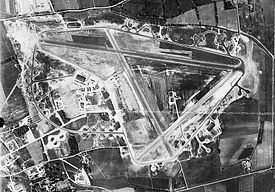
When completed in late 1943, the facility was placed under the jurisdiction of the Eighth Air Force, United States Army Air Forces. Glatton was assigned USAAF designation Station 130.
USAAF Station Units assigned to RAF Glatton were:
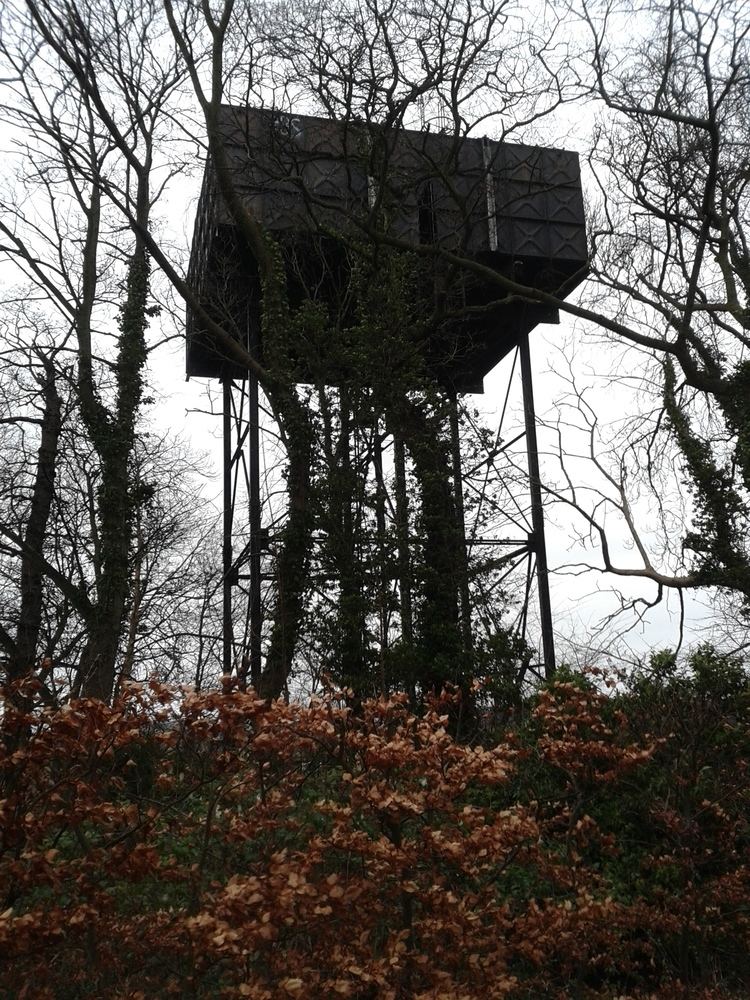
457th Bombardment Group (Heavy)
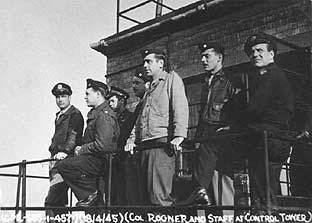
The airfield was first used by the 457th Bombardment Group (Heavy), arriving from Wendover AAF, Utah on 21 January 1944. The 457th was assigned to the 94th Combat Bombardment Wing of the 1st Bombardment Division. Its tail code was Triangle U.
The 457th Bomb Group consisted of the following operational squadrons flying Boeing B-17 Flying Fortresses :
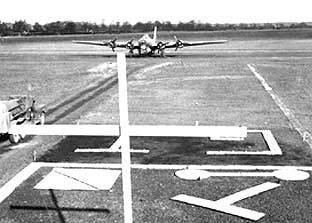
The 457th Bomb Group flew its first combat mission on 21 February 1944 during Big Week, taking part in the concentrated attacks of heavy bombers on the German aircraft industry. Until June 1944, the Group engaged primarily in bombardment of strategic targets, such as ball-bearing plants, aircraft factories, and oil refineries in Germany and Occupied Europe.
The Group bombed targets in Occupied France during the first week of June 1944 in preparation for the Normandy invasion, and attacked coastal defenses along the Cherbourg peninsula on D-Day in support of airborne forces who had landed on the peninsula. It struck airfields, railroads, fuel depots, and other interdictory targets behind the invasion beaches throughout the remainder of the month.
Beginning in July 1944, the 457th resumed bombardment of strategic objectives and engaged chiefly in such operations until April 1945. Sometimes flew support and interdictory missions, aiding the advance of ground forces during the Saint-Lô breakthrough in July 1944 and the landing of British 1st Airborne Division at Arnhem during the airborne attack on the Netherlands in September 1944; and participating in the Battle of the Bulge, December 1944 - January 1945, and the assault across the Rhine in March 1945.
The Group flew its last combat mission on 20 April 1945. The unit had carried out 237 missions. Total number of sorties was 7,086 with nearly 17,000 tons of bombs and 142 tons of leaflets being dropped.
After V-E Day, the 457th transported prisoners of war from Austria to France, and returned to Sioux Falls AAF, South Dakota during June 1945 and was inactivated on 18 August 1945.
RAF Bomber Command use
After the war, RAF Glatton was used by the RAF's No. 3 Group under the control of RAF Bomber Command using Avro Lancasters and Consolidated Liberators flying to the Middle East. It was closed and sold in 1948.
Current use
With the end of military control, Glatton airfield was largely returned to agriculture however parts of two runways have been retained and Glatton now operates as Peterborough Business Airport. The 457th Bomb Group has a memorial dedicated to the men who lost their lives flying from Glatton in All Saints Church Conington churchyard.
